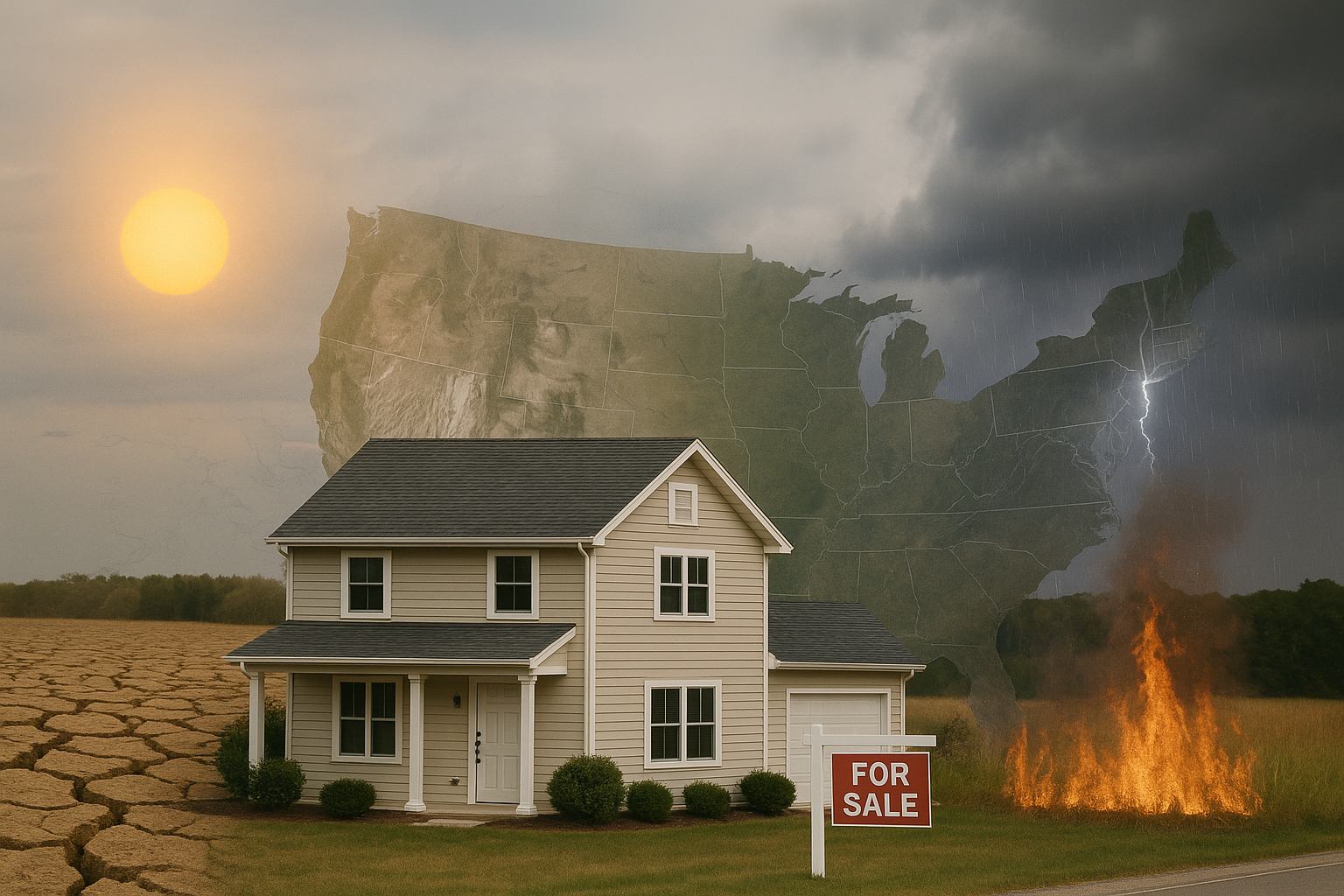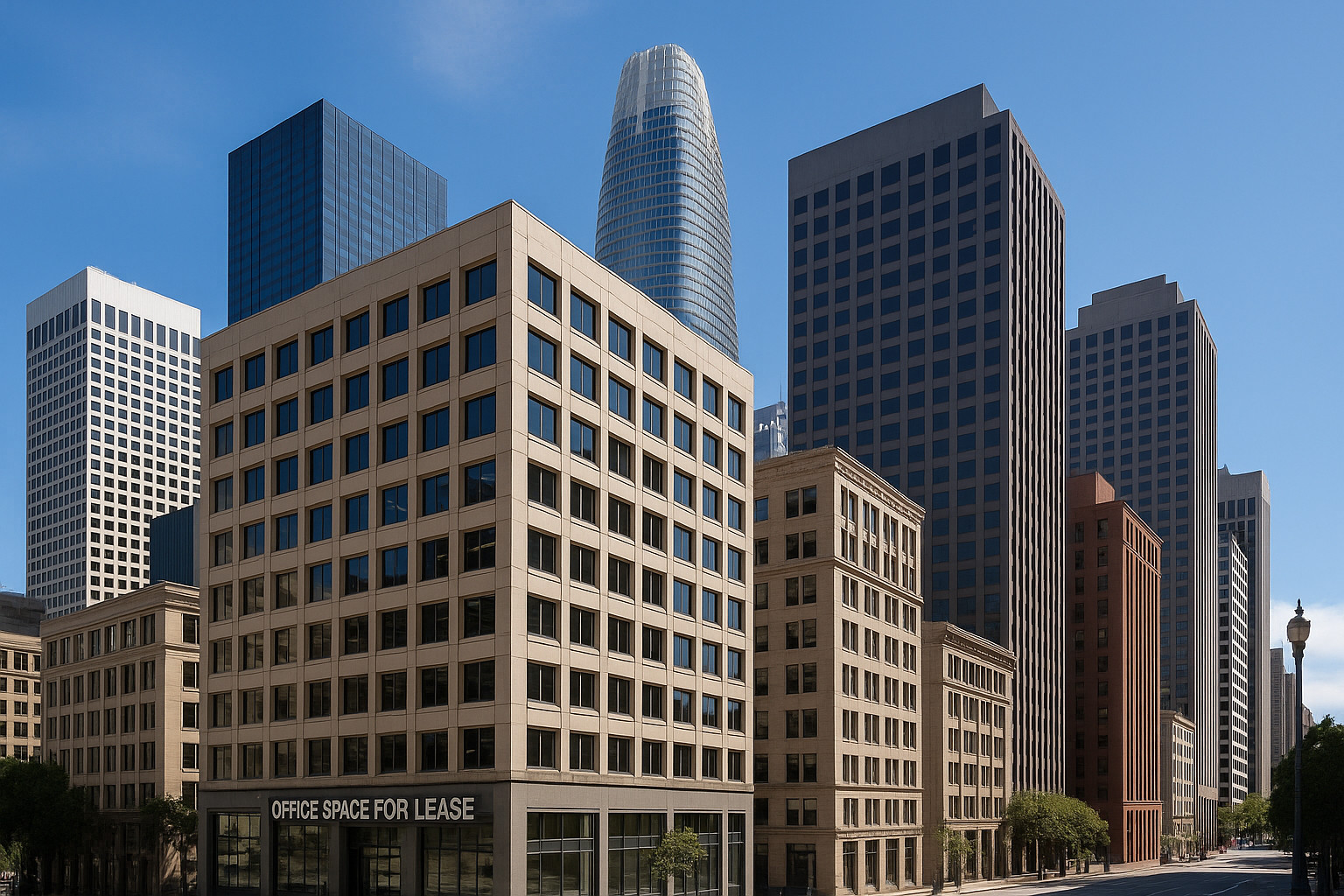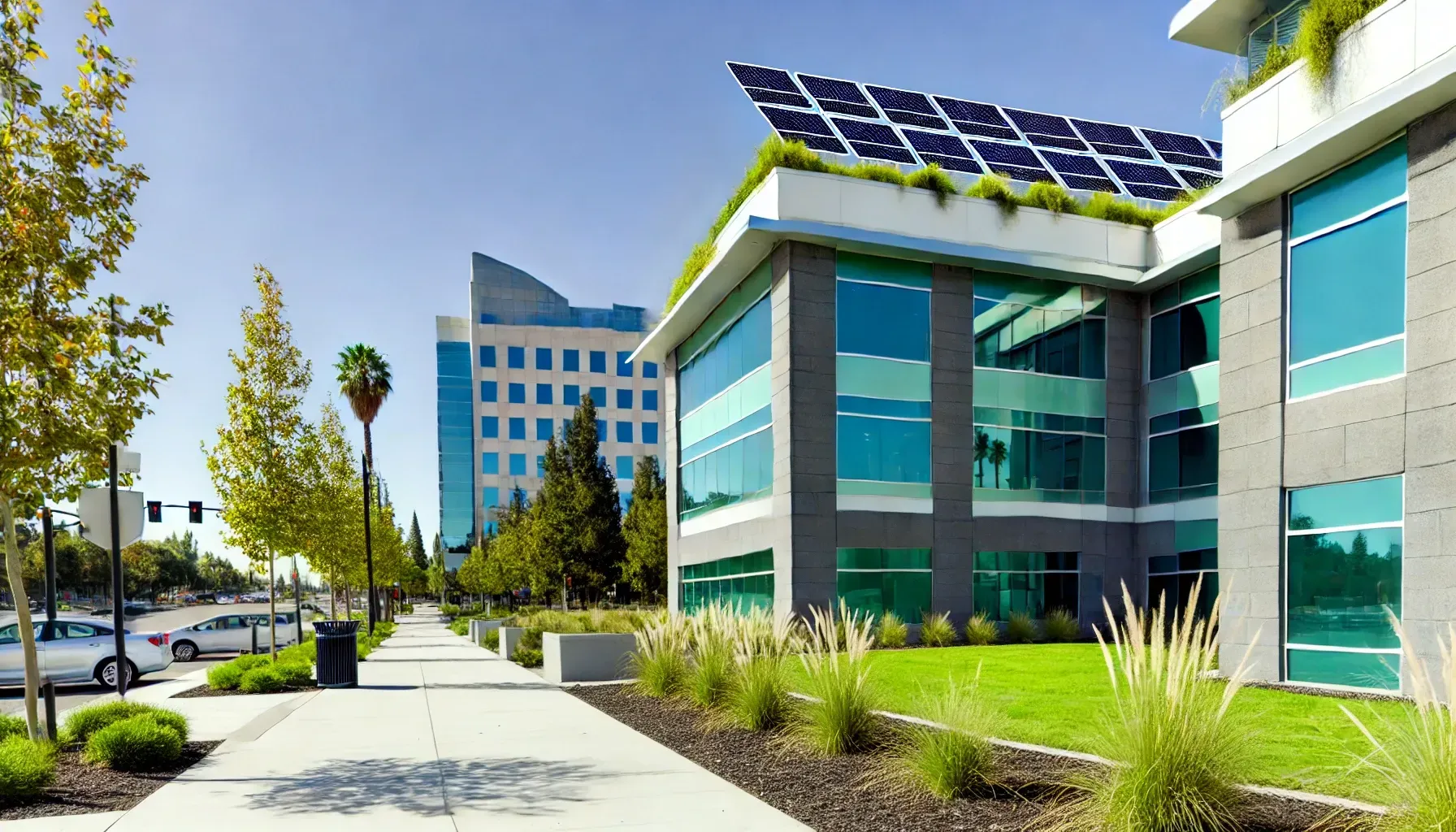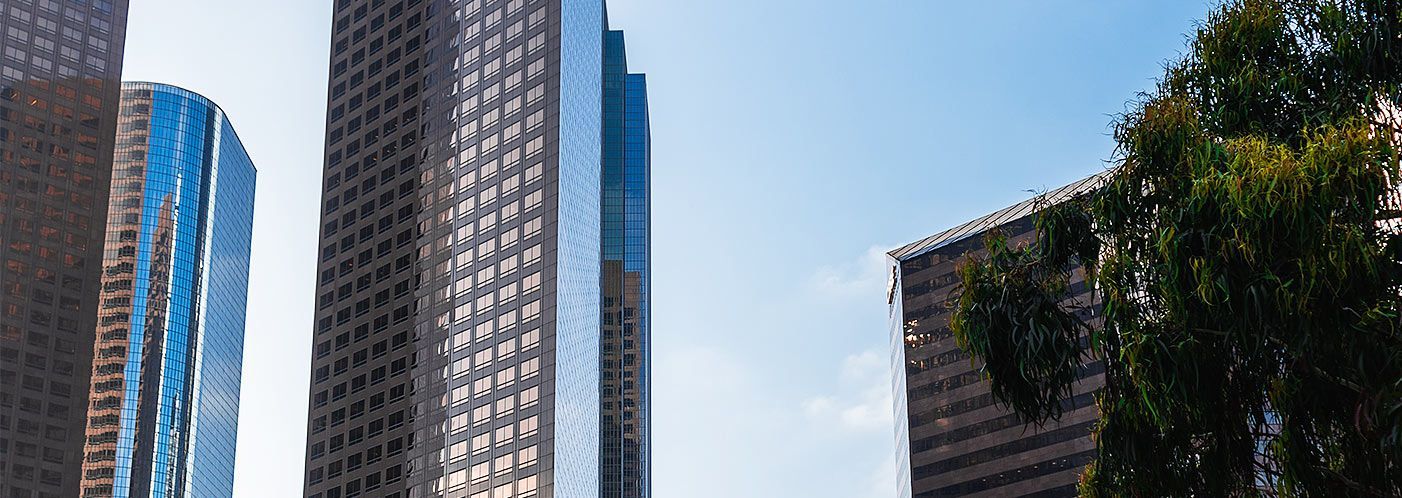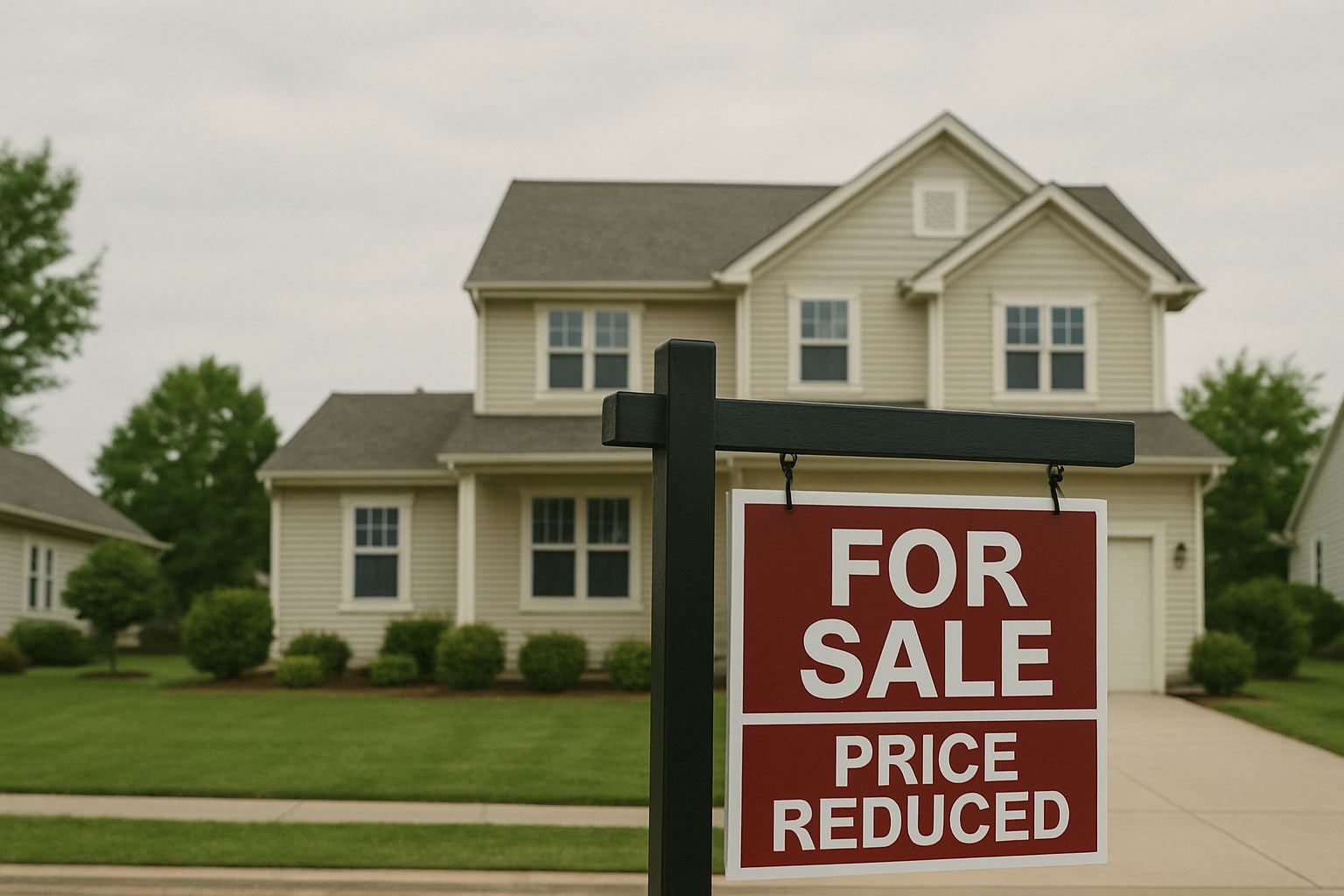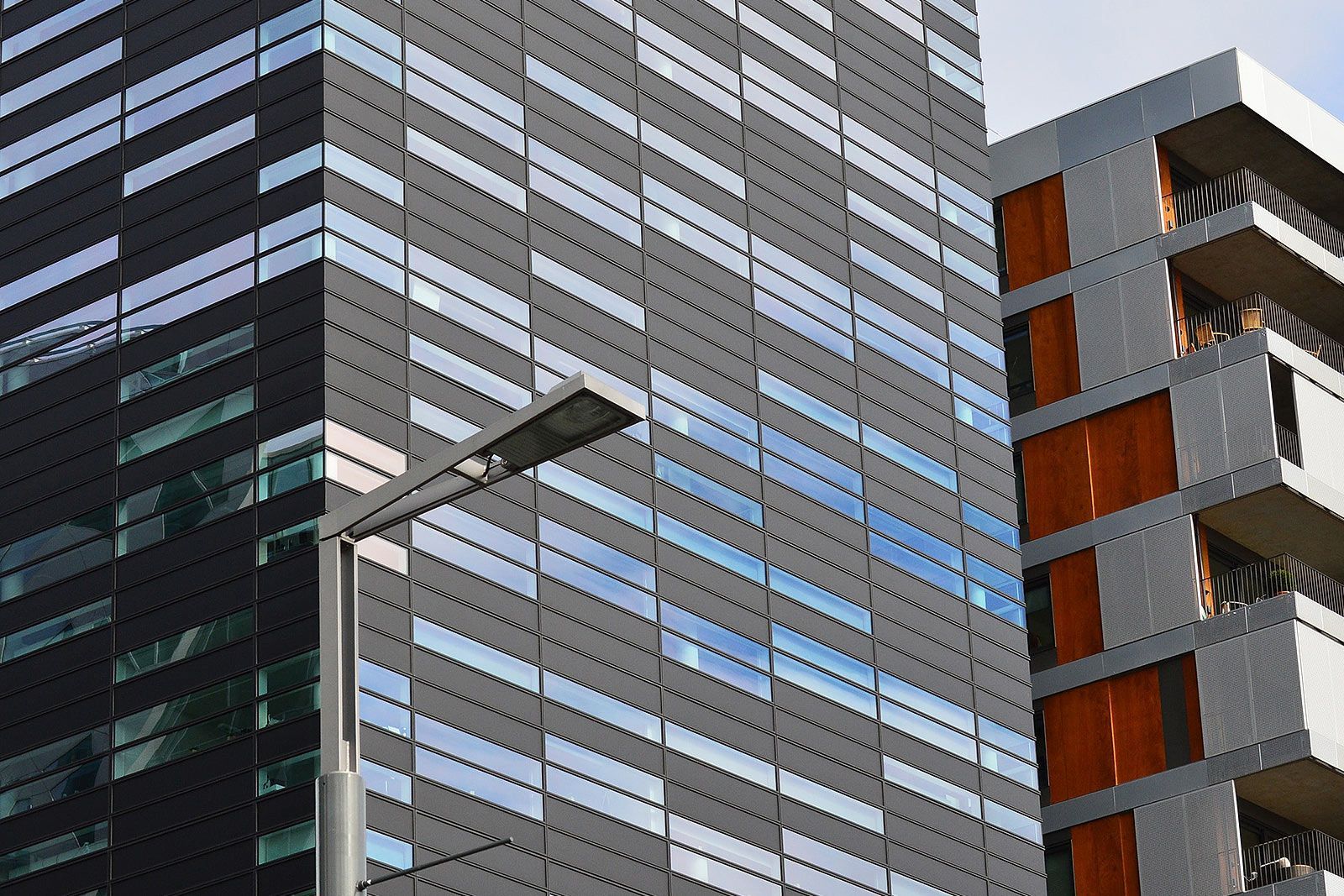By 1921985
•
August 8, 2025
It’s not your imagination — this summer has been weird. From extreme heat domes gripping the South and Southwest, to flash floods in the Northeast and Midwest, to record-breaking hail storms in states like Texas and Colorado, the U.S. has seen one of its most unpredictable weather seasons in recent memory. You could drive from wildfire warnings to hurricane watches in a single road trip. But beyond the daily inconvenience of sudden storms and canceled beach days, there’s a bigger question on people’s minds: Is all this odd weather starting to affect real estate sales — both residential and commercial? The short answer? Yes — but in ways that go beyond the surface. It's not just prices and rates shaping today’s market—unpredictable weather is part of the mix, too. It’s affecting buyers confidence, priorities, and search patterns a lot more than expected. Let’s unpack the impact. A Summer of Extremes: From Mild to Menacing First, let’s look at what’s happening. In Phoenix and Las Vegas, the triple-digit heat has become more than just uncomfortable — it’s dangerous. Cities have seen stretches of 110°+ days that make outdoor activities and even house showings almost unbearable. Meanwhile, coastal areas that are usually temperate are seeing severe humidity, and many parts of Florida and the Southeast are still cleaning up after early tropical storms. In Vermont, record rains have flooded towns that were considered safe zones from extreme weather. California, a state long used to drought, saw sudden rainfall and lingering humidity in areas that aren’t built for it. All this unpredictability has shifted not just the national mood, but also the way buyers and investors approach the market. Residential: The New Buyer Mindset Let’s start with the residential side. Weather has always played a subtle role in buying decisions. A homebuyer in the Northeast may prefer a south-facing driveway to avoid icy build-up in the winter. In hotter states, a good AC system is non-negotiable. But this year, the stakes feel higher. Buyers aren’t just asking about square footage and school districts — they’re asking about insurance premiums, flood zones, water drainage, and heat-resistant windows. And in some markets, those concerns are slowing things down. Take Florida. Some counties saw a drop in residential transactions this summer in comparison to last year — not because of price concerns, but because of insurance availability. Storm surge maps have been updated, and some areas previously considered “safe bets” now come with eye-popping premiums. The same is true in parts of California, where wildfires have driven some carriers to pull back on coverage altogether. Buyers are hesitant. They’re not just thinking about the dream of homeownership — they’re thinking about resilience. Can this home handle what’s coming? On the other end of the spectrum, homes in milder climates are seeing unexpected interest. Areas in the Pacific Northwest, parts of the Midwest, and upstate New York are quietly gaining attention from buyers who want more space, more land, and fewer natural disasters. Odd weather is changing the definition of “desirable.” Commercial Real Estate: Mixed Signals The commercial side tells a more complex story. Weather hasn’t halted commercial deals entirely, but it has changed priorities and timelines. For example, some investors are pausing on retail strip malls in flood-prone areas or delaying warehouse purchases where heat-related power outages are increasingly common. Developers in hotter states are being forced to adapt quickly. In places like Arizona and Nevada, commercial properties are rethinking everything from roofing materials to energy efficiency requirements. Tenants are asking about HVAC resilience and backup generators — questions that used to be reserved for hospitals or data centers are now coming from office tenants and breweries. In Texas, a surge of hailstorms this summer prompted multiple lawsuits and massive insurance claims — and not just from homeowners. Commercial buildings with flat roofs, aging HVAC systems, or large glass facades are suddenly seen as riskier assets, even if they’re fully leased. Weather volatility is also affecting timelines. Construction delays due to extreme heat, flash flooding or even worker safety concerns have impacted development schedules. Contractors in the South are forced to adjust hours to avoid the hottest parts of the day. Supply chain disruptions from storms in one region ripple into others. And while many national retailers and logistics companies are still expanding, they’re becoming more cautious about where they expand. Locations previously considered prime are getting second looks when new FEMA flood maps are taken into account. The Rise of the “Climate-Savvy Buyer” One of the biggest takeaways from this summer’s market is the rise of what many agents are calling the “climate-savvy buyer.” These are individuals and companies who have moved beyond aesthetics and into practicality. They’re reading inspection reports with a different lens. They’re asking about insurance, elevation, utility history, and local emergency response infrastructure. For years, climate concerns were seen as abstract — something for the future. This summer, they became immediate. Realtors in Florida and Louisiana say they’re spending more time walking clients through flood insurance FAQs than home features. In Colorado, where wildfires are now a regular concern, buyers are asking how close the nearest fire station is or if the roof is ember-resistant. And in places like the Midwest, where flooding has become more erratic, sellers are finding that a sump pump and French drain system are now selling points. Market Impact: Not a Crash, But a Shift To be clear, unusual weather isn’t crashing the market. Prices remain strong in many regions, and demand is still high — especially where inventory is low. But the weather is reshuffling the deck. We’re seeing increased migration from climate-vulnerable states to more temperate ones. Cities like Asheville, Boise, and Minneapolis are getting attention from buyers who might once have defaulted to Miami, Phoenix, or Austin. Not everyone is moving because of climate, but it’s starting to factor in. Sellers in high-risk areas may need to adjust expectations, not just on price but on time-to-sell. Properties without modern upgrades to handle weather extremes — things like impact windows, elevated foundations, or efficient cooling systems — are facing more scrutiny. Meanwhile, markets that were previously “off the radar” are seeing upticks in volume, and in some cases, price. People are rebalancing comfort, risk, and cost of living. The Bottom Line This summer’s weather hasn’t just made headlines — it’s made homebuyers and investors think harder, ask more questions, and look beyond the obvious. While no one’s pulling out of the market entirely, behavior is shifting. People are thinking not just about where they want to live or work, but where they’ll feel safer, smarter, and more secure long term. Odd weather used to be a fluke. Now, it’s part of the due diligence process. Real estate is still local, but climate is national — and the two are colliding more than ever .

